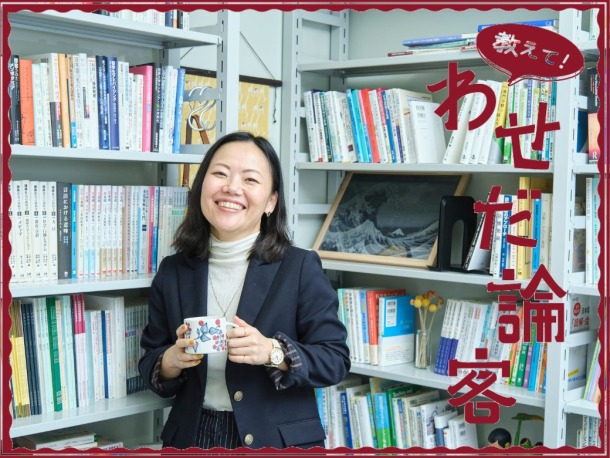
The theme of the 2025 "Tell Us! Waseda Debaters!” Think about communication from the perspective of multiple experts. Our first guest is Naomi Yanagida (Graduate Professor Graduate School of Japanese Applied Linguistics), who specializes in sociolinguistics and intercultural communication. We asked Professor Yanagita, who has studied communication with non-native speakers, about the challenges of intercultural communication in Japan and the meaning of "Easy Japanese" for foreign residents in Japan, about what we should be aware of in order to understand people from different cultural backgrounds.
What are the important elements of intercultural communication?
Be sincere and say, "I want to get to know you." The purpose of communication is not to "have the same opinion." By proactively accepting "differences from yourself," I think intercultural communication will become more and more enjoyable.
INDEX
▼"Easy Japanese" for non-native speakers
▼Research on communication strategies with non-native speakers
▼The essence of intercultural communication that university students should know
▼The role of "words" in communication
"Easy Japanese" for non-native speakers
Professor Yanagida, what kind of academic field is sociolinguistics?
I believe that it is an academic field that explores the relationship between language and society by observing how language is used in society. In addition to "dialects" and "youth slang," other important research topics include "intercultural communication." In particular, I believe that my research theme is to clarify how people from different cultural backgrounds communicate and understand each other in society.
I am currently the director of the Waseda University Center for Japanese Language (CJL), which has the role of Japanese language education for international students attending Waseda University. Currently, about 6,000 international students are studying at Waseda University, of which about 2,000 international students study at CJL every year. Furthermore, Takadanobaba and Shin-Okubo areas near the campus are truly multinational towns. Waseda University is the perfect place to study sociolinguistics and intercultural communication.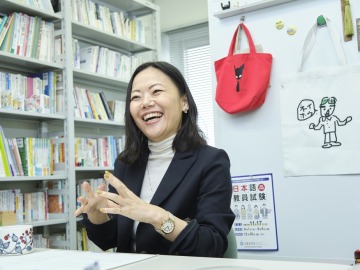
One of your research themes, "Easy Japanese," has been a frequent topic in the news recently. Could you tell us what it is?
This refers to Japanese that has been designed to be easy to understand for non-native speakers, that is, people whose first language is not Japanese, by using short and simple sentences, adding furigana to kanji, avoiding the excessive use of Chinese characters and katakana words, etc. "Easy Japanese" was devised by Professor Kazuyuki Sato of Hirosaki University and others after the 1995 Great Hanshin-Awaji Earthquake, when many non-native speakers were having trouble receiving safety information.
"Communicating in 'Easy Japanese'! How Public Servants Deal with Foreigners" by Kazunari Iwata and Naomi Yanagida (Gakuyo Shobo, 2020)
Although papers on "easy Japanese" were published in the early 2000s, it only started to attract attention after the Great East Japan Earthquake in 2011. Reflecting on the way information was conveyed at the time of the earthquake, "easy Japanese" was adopted for evacuation instructions and other situations, and currently NHK delivers "easy language news" to non-native speakers living in Japan.
I am also asked to provide training in "easy Japanese" for local government officials. In recent years, the number of foreign nationals living in Japan has increased significantly, and local government officials are now on the front lines dealing with them. With the inbound tourism boom, the foreigners visiting Japan are becoming more diverse. Until now, translation and interpretation in English, Chinese, and Korean was enough to provide foreign language support, but the origins of foreign nationals have become more diverse, and it is no longer possible to provide support with just these three languages. However, it is not realistic to translate and interpret all the languages of all countries. This is why "easy Japanese," or Japanese that even foreigners can understand, is attracting attention.
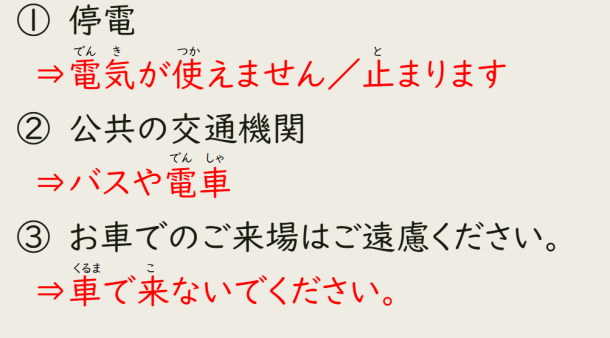
Examples of "Easy Japanese"
Research on communication strategies with non-native speakers
You are currently researching communication with non-native speakers. What prompted you to do so?
During my undergraduate years, I volunteered at a local Japanese language school. A Brazilian of Japanese descent working in Japan attended the class, and studied Japanese after work until late at night. He said, "I can understand the teacher's Japanese, but I can't understand the Japanese spoken at work." Hearing this, I realized that it was strange that Japanese people who speak to non-native speakers of Japanese don't make an effort to use easy-to-understand Japanese.
Thinking that the key is "experience of contact with non-native speakers," we compared people with a lot of experience with non-native speakers with those with little experience, and observed how they "adjusted" in terms of communication. The former were people who studied with non-native speakers and built friendships with them, while the latter were people who only communicated with them to the extent of exchanging greetings.
The results of the experiment showed a clear difference between the two, with people with more experience of contact with non-native speakers shortening sentences and making more confirmations when speaking to foreigners. This is what I call "adjustment." People with more experience of contact with non-native speakers did not study this technique, but had acquired it through their everyday experience of speaking with foreigners.
We make language adjustments on a daily basis. Even among Japanese people, the Japanese used when speaking with a newcomer is completely different from the Japanese used when speaking with a close friend. Therefore, we thought that many problems could be solved if we could clearly show the Japanese language and communication methods used when speaking with non-native speakers and teach them to local government officials in charge of supporting foreign residents.

The essence of intercultural communication that university students should know
What are the important elements of intercultural communication with non-native speakers?
It is important to speak in words and at a speed that is easy for the other person to understand. However, I think what is even more important is to be willing to make an effort to understand the other person.
After completing my master's degree, I worked as a Japanese language Faculty in Changchun, Jilin Province, China for three years. At that time, I could barely speak Chinese, and I felt the pain of being a non-native speaker with nowhere to go, but I was able to observe various communication examples, such as people who communicated with gestures when they couldn't understand words, and people who just repeated the same phrases over and over again. I realized that rather than pursuing technical "easy Japanese,"it is more important to face the other person squarely without shying away from communication and to have an attitude of enjoying different cultures. Even between Japanese people, cultures and values differ, but it is important to remove stereotypes, acknowledge the other person's values by saying "I see, that's how they think," and then assert your own.
The role of "words" in communication
What does "communication" mean to you, Professor Yanagida?
Communication is, in other words, the act of trying to understand each other through "interaction." It cannot take place without the other person. Through communication, we can understand the other person's thoughts, and we can also distinguish ourselves from them. The purpose of communication is not to "have the same opinion." Ideally, we should seek ways to understand each other, based on the premise that "people are naturally different." To achieve this, isn't communication about using all the words we can to eliminate any discrepancies in our perceptions?
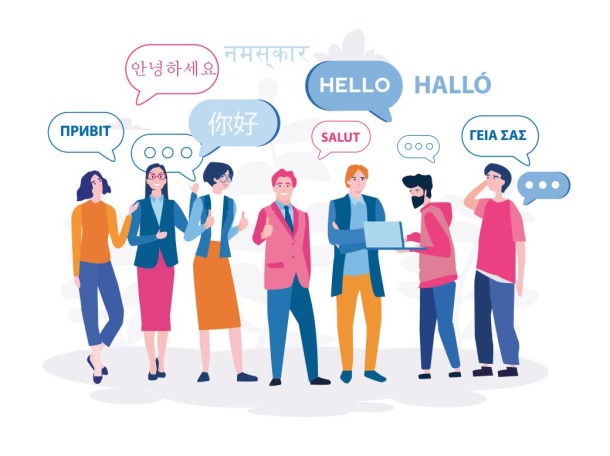
What does sociolinguist Professor Yanagida think is the role of "words" in communication?
Words are a tool for the "interaction" of communication, and also a tool for "self-expression." If we could understand what makes the other person happy or what is bothering them just by looking at their face, there would be no need for "self-expression," and perhaps no need for words.
Furthermore, words contain the individuality of each person. Depending on the type of word, it is possible to express the "difference" between you and the other person by saying, "I'm different from you." "Easy Japanese" is the act of overcoming these differences, getting close to the other person, and trying to speak to them on the same level.
I have encountered situations where people learning Japanese discover a different side of themselves in the process of expressing themselves in a language other than their native language. Acquiring a language other than one's native language means having more tools to communicate with others. I believe this is also where language plays a role in communication.
Finally, please give a message to Waseda students.
I hope that students will have many experiences encountering different cultures during their time as students. Not only can you go abroad, but you can also have intercultural communication on campus. You can experience different cultures not only by talking to international students, but also in communities with other Japanese people. By experiencing situations where your "norms" are not understood, interacting with people who have different ways of thinking and values, and acquiring the sense that "it's natural for people to be different," your life will become richer and richer.
Nowadays, it is normal to have friends of foreign nationality in class, and in the future, the majority of people will have many experiences with non-native speakers, so "easy Japanese" may no longer be something special. For this reason, I would like you to think about the essence of communication that is contained in "easy Japanese."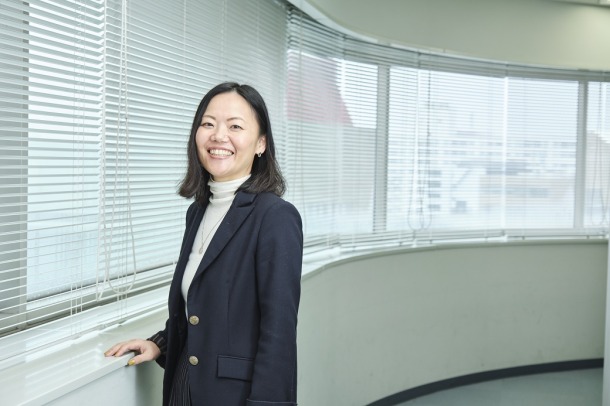
Naomi Yanagida
Professor at the Graduate School of Graduate School of Japanese Applied Linguistics. Completed a Master's course at the Graduate School of Area Studies, University of Tsukuba, and holds a PhD in Linguistics. Yanagida has served as an instructor (fixed-term) at the Waseda University Center for Japanese Language Center, Assistant Professor at the Kwansei Gakuin University Japanese Language Education Center, a full-time lecturer at the Hitotsubashi University International Education Center, and Associate Professor at the Hitotsubashi University International Education and Exchange Center, before assuming Yanagida's current position in 2023. Yanaggida Executive Vice President of the Japan Society for Japanese Language Education and a member of the Immigration Services Agency's "Study Group on Easy Japanese Training to Support Residents" (2023-2024). Yanagida's specialties are discourse analysis, pragmatics, intercultural communication, contact situation research, and easy Japanese.
Interview and text: Kenichi Marumo
Photo: Seiji Ishigaki
Image design: Ryo Uchida

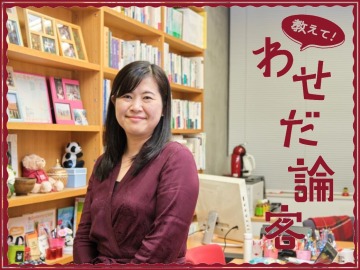
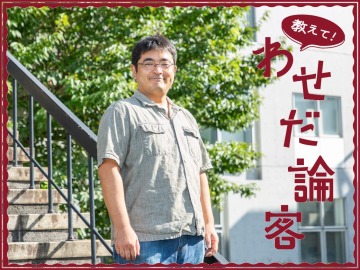
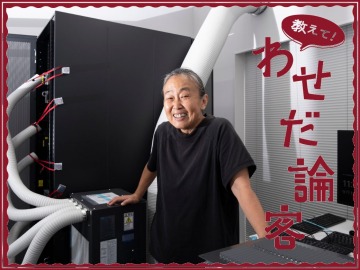
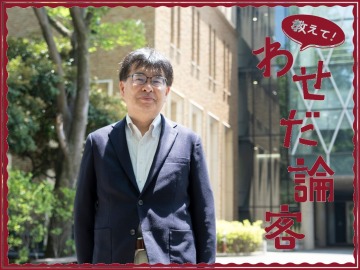
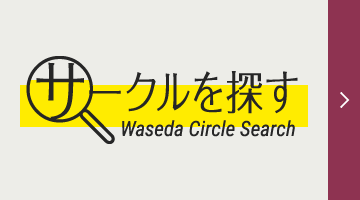
![[Save version] Map of the four main campuses](https://www.waseda.jp/inst/weekly/assets/uploads/2025/09/17cb2975123fc5103172ef60bd98608d-610x458.jpg)

